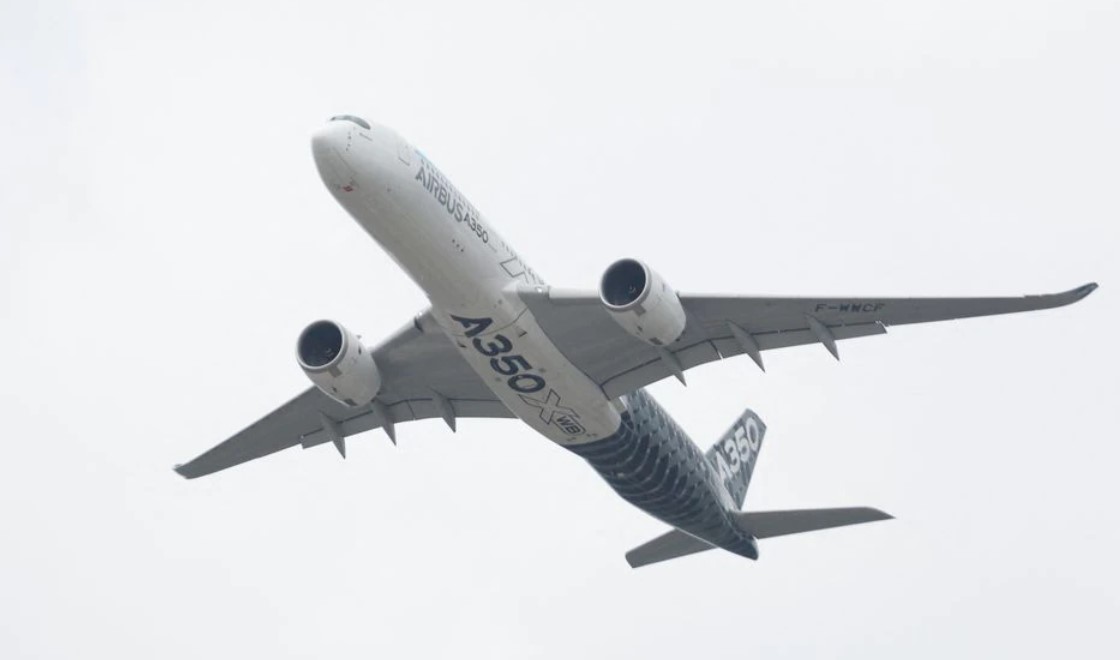Global air cargo demand rose by 2.2 per cent in May 2025 compared to the same month last year, according to data released by the International Air Transport Association (IATA).
Capacity, measured in available cargo tonne-kilometres (ACTK), increased by 2 per cent year-on-year, broadly in line with demand growth.
As a result, the global cargo load factor remained stable, rising slightly by 0.1 percentage points to 44.5 per cent. International operations recorded a stronger performance, with demand up by 3 per cent and capacity expanding by 2.6 per cent compared to May 2024.
Willie Walsh, IATA’s Director General, said that air cargo demand globally grew by 2.2 per cent in May, which he described as encouraging news.
He noted that a 10.7 per cent drop in traffic on the Asia–North America trade lane highlighted the impact of shifting US trade policies.
Nevertheless, he said the sector has once again demonstrated its resilience, helping shippers adapt to supply chain challenges by flexibly holding back, re-routing or accelerating deliveries.
The monthly figures were supported by broader economic indicators. Global industrial production rose by 2.6 per cent year-on-year in April, while air cargo volumes over the same period climbed by 6.8 per cent, outpacing global goods trade growth of 3.8 per cent.
Jet fuel prices continued to decline, falling by 18.8 per cent year-on-year and by 4.3 per cent from April. However, global manufacturing contracted in May, with the Purchasing Managers’ Index slipping to 49.1, below the 50 mark that signals expansion.
New export orders also remained in contraction territory at 48, reflecting continued pressure from recent changes in U.S. trade policy.
Among regions, Asia-Pacific carriers reported the strongest performance, with demand up by 8.3 per cent year-on-year and capacity rising by 5.7 per cent.
This lifted the load factor by 1.1 percentage points to 46.1 per cent. At the other end of the spectrum, North American airlines saw demand fall by 5.8 per cent, while capacity declined by 3.2 per cent.
Their load factor dropped by 1.1 percentage points to 38.2 per cent.
European airlines posted a 1.6 per cent increase in demand, with capacity up by 1.5 per cent. The load factor remained steady at 51.8 per cent.
Carriers based in the Middle East recorded a 3.6 per cent rise in demand and a 4.2 per cent increase in capacity, which brought their load factor down slightly to 46.3 per cent.
Latin American airlines reported demand growth of 3.1 per cent and a 3.5 per cent increase in capacity, resulting in a marginal decline in load factor to 36.1 per cent.
African carriers saw demand drop by 2.1 per cent, while capacity grew by 2.7 per cent, leading to a two-point decrease in load factor to 42.2 per cent.
On major international trade lanes, the Asia–North America corridor recorded the sharpest year-on-year decline, down 10.7 per cent, as the effects of front-loading faded and changes to the de-minimis exemption on small package shipments began to take hold.
By contrast, Europe–Asia traffic continued to strengthen, rising by 13.4 per cent in May, marking the 27th consecutive month of growth and accounting for 20.5 per cent of global air cargo volumes.
Volumes on the Middle East–Asia route increased by 10.8 per cent, extending its growth streak to three months. Intra-Asia traffic was up 9.1 per cent, continuing a run of growth that has lasted 19 months.
The Europe–North America corridor also posted solid gains, with an 8.2 per cent increase, marking the 16th consecutive month of expansion.
Meanwhile, Europe–Middle East volumes dipped slightly by 0.9 per cent, and the Africa–Asia lane registered the steepest decline among all trade routes, falling by 14.6 per cent.
Finally, on a full-year basis for 2024, Asia-Pacific carriers accounted for 34.2 per cent of global air cargo demand by cargo tonne-kilometres, followed by North America at 25.8 per cent,
Europe at 21.5 per cent, the Middle East at 13.6 per cent, Latin America at 2.9 per cent, and Africa at 2 per cent.







Click here to change your cookie preferences